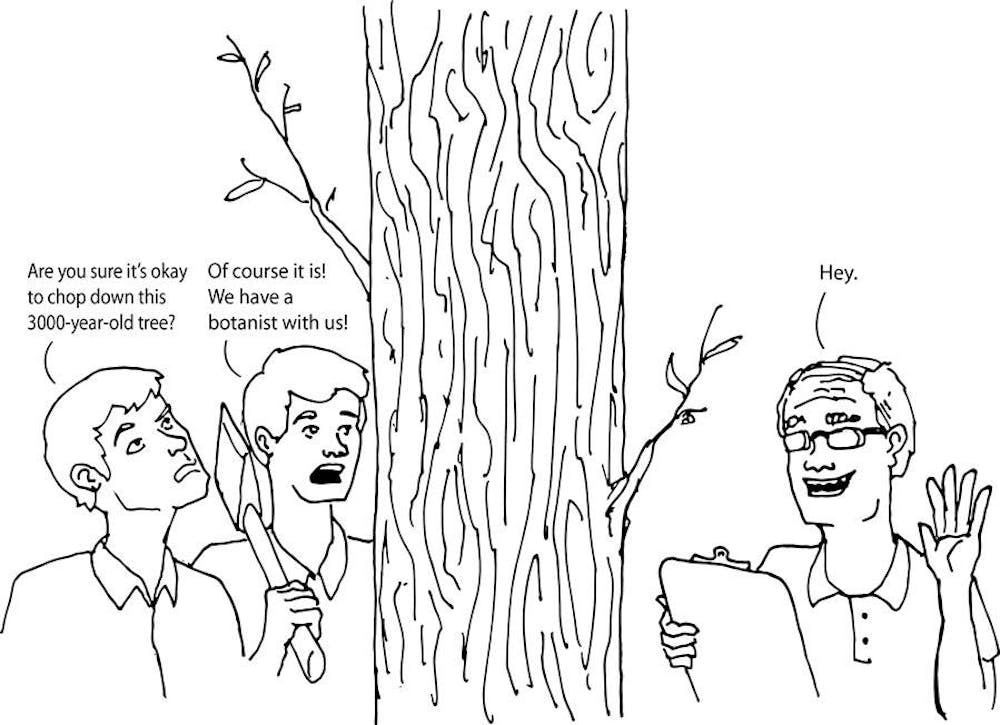In a recent Gallup study on moral acceptability, doctor-assisted suicide was labeled “contentious.”
Fifty-two percent of the survey’s respondents consider it morally acceptable.
Compare this to suicide, which was labeled “highly unacceptable.”
Only 19 percent of the respondents consider it acceptable.
I find the difference between these two statistics remarkably fascinating.
With the simple addition of a third-party — a doctor, nonetheless — suicide becomes 33 percent more acceptable.
Only four states in the U.S. allow doctor-assisted suicide — Oregon, Montana, Vermont and Washington.
In these states, assisted suicide is allowed for patients suffering from terminal illness without much time to live, as long as they have passed several tests with multiple physicians deeming them competent to decide their own death.
Naturally, the phrase “doctor-assisted” suicide sounds much more benign and seems more like relief from suffering than an escape from life.
It is a prettier picture — the doctor gives a final dignity to the frail patient going out on his or her own terms.
It’s been approved by a medical authority, reserved for last-case scenarios, and it’s achieving a better end.
Isn’t relieving one’s pain a noble goal?
Well, I can’t really answer that question.
But here is what I find so remarkable about the difference between the acceptability rates.
Most people support doctor-assisted suicide because it seems humane to relieve one’s suffering.
But aren’t depression and other mental illnesses just as painful as a terminal illness?
Is their suffering any less because it’s hard to pin down, hard to describe, hard to see?
Now, I’m not saying we should just allow depressed people to end their lives when they feel hopeless because, even in the most dire cases, a reason can still be found to continue living.
Death, especially suicide, affects many people beyond the deceased. It can’t be marginalized.
But I suspect the difference in acceptability rates results from a misunderstanding about how painful depression can be.
Everybody has suffered from a physical illness, so it is easier to expand on previous experiences and envision a terminal illness.
But not everybody has experienced depression or another mental illness.
Depression might not provide an inevitable death knell for people who suffer from it, as a terminal illness does, but depressed people live through a mass of pain, which often seems far too much to handle.
Depression can continue for years, even a lifetime, and it can seem impossible to overcome.
I believe one of the keys to supporting a depressed individual is to recognize the validity of his or her pain.
There are few worse things to say to someone who is depressed than “just be happy” or “you have no reason to be upset.”
In order to work through a depressed person’s problems, you have to recognize they exist.
Though their symptoms might not be as readily apparent as cancer or heart disease, their intangibility makes them no less real.
allenjo@indiana.edu
@IAmJoshAllen
Suicide: not without a doctor

Get stories like this in your inbox
Subscribe



